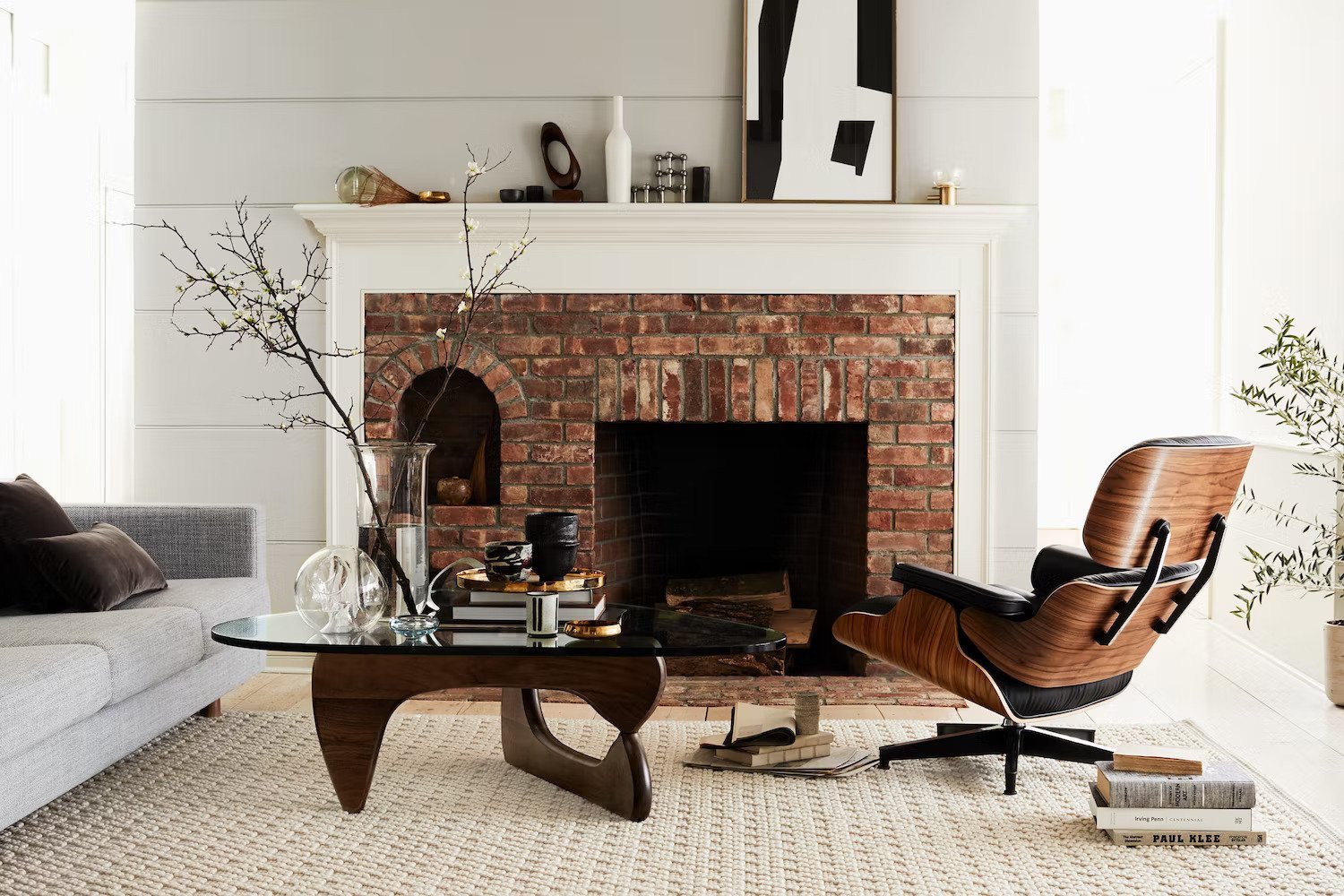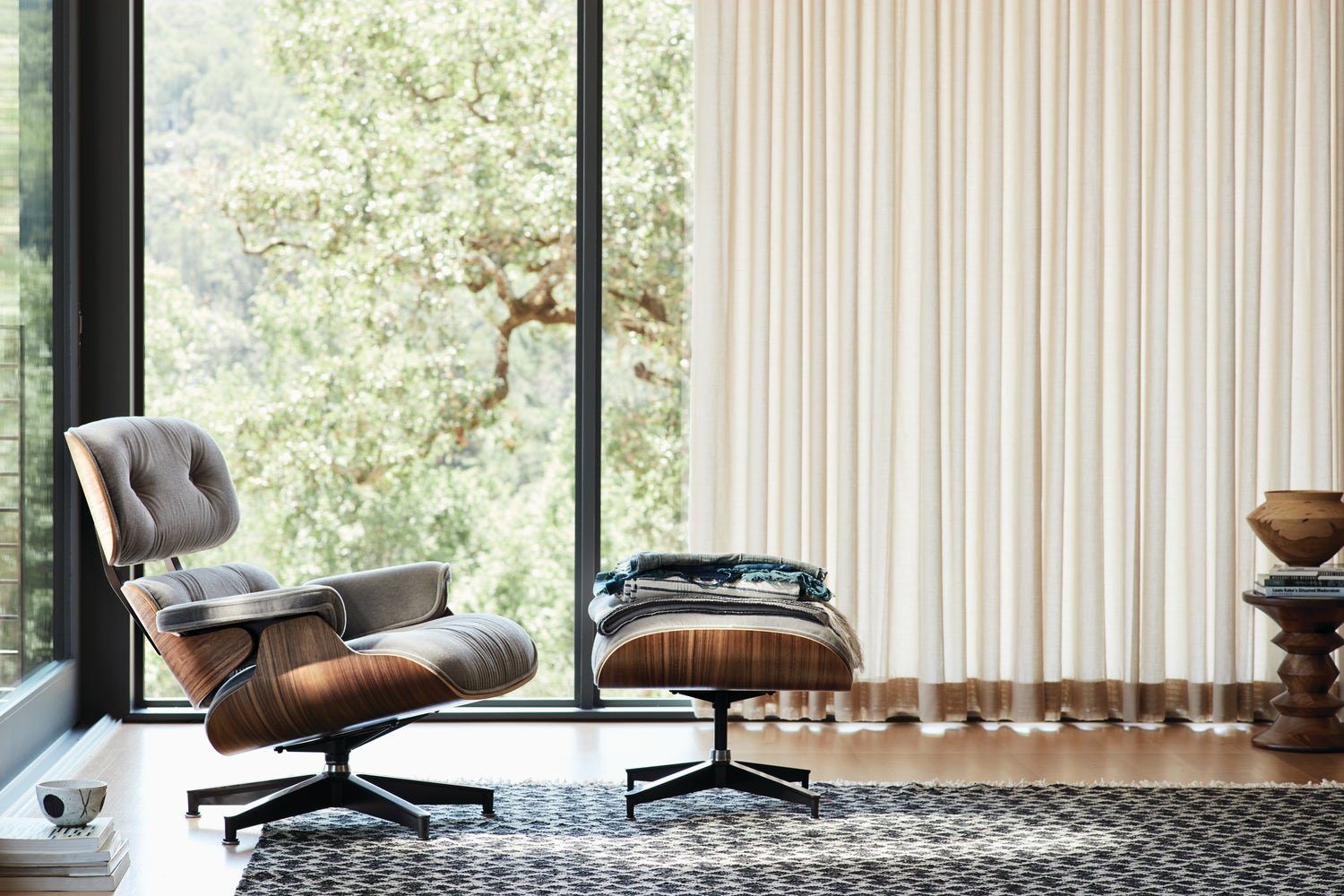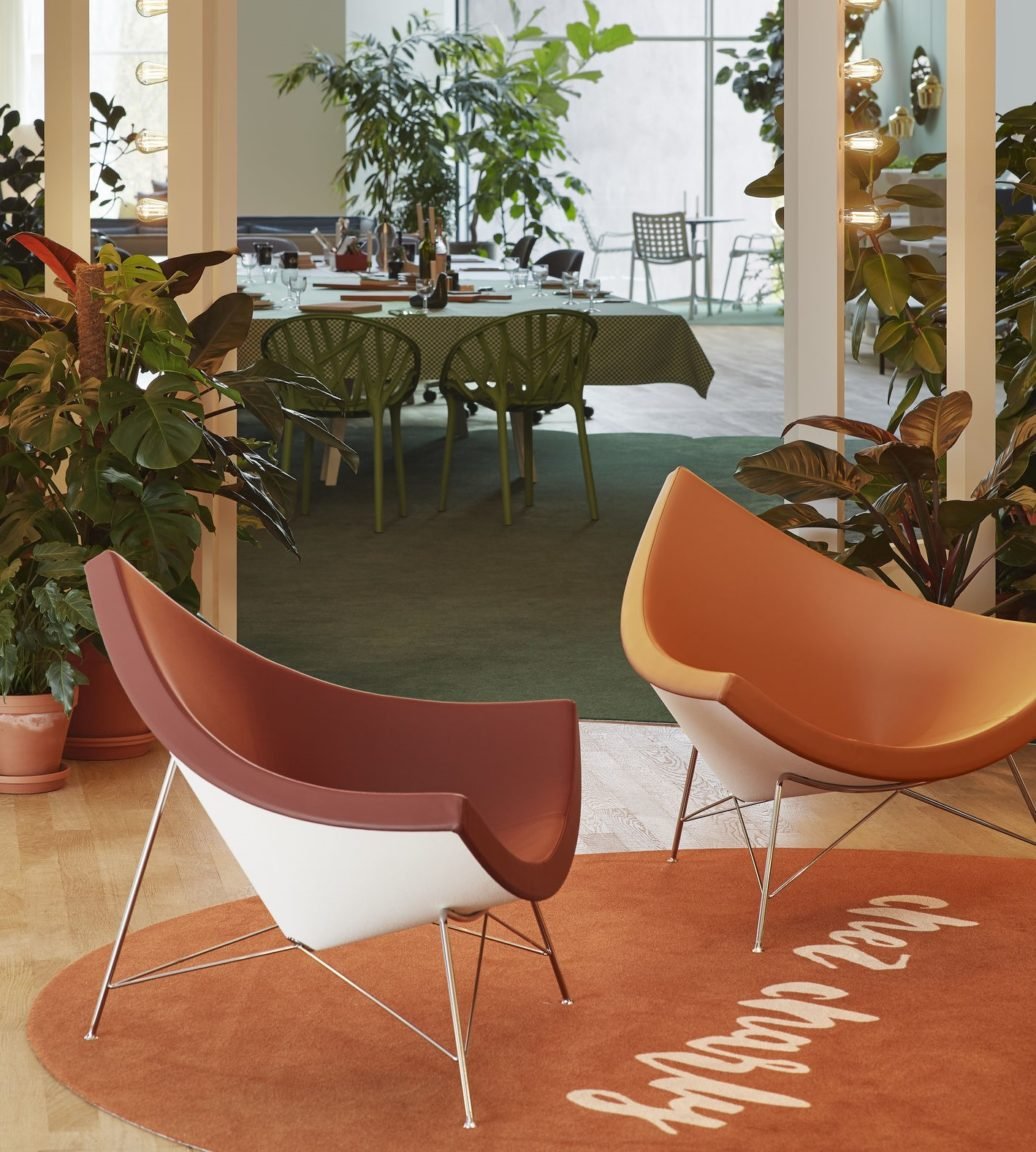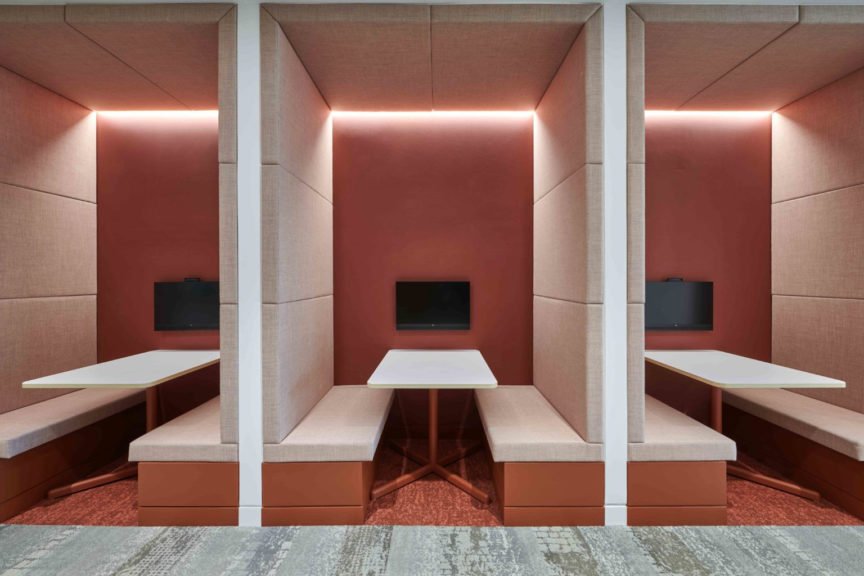Furniture is industrial design in one of its most exquisite forms. A talented designer combines beauty, practicality, comfort, and ergonomics all in one product. But a great designer can make it timeless. The 20th century saw several iconic furniture pieces take over the furniture design scene, with furniture becoming more than just functional elements of our home and office spaces. Furniture design is a reflection of the culture and times we live in, and there are some truly iconic furniture designers who understood this.
In current times, we are seeing an overwhelming range and variety in furniture. But what’s iconic shall remain unwavering, it doesn’t need to be flawless when it can be priceless. Here are six iconic pieces from six icons you already know about, but like Owens Lee Pomeroy said, “Nostalgia is like a grammar lesson: you find present tense, but past perfect.”
Eames Lounge Chair from Ray and Charles Eames
No list of this sort would be complete without mentioning the design duo Ray & Charles Eames. Known widely as one of the most influential mid-century modern designers, their designs are timeless and highly sought after, having designed for brands such as Herman Miller and Vitra. Their work is best known for the pioneering use of new materials and techniques such as new wood moulding as well as new materials like fibreglass developed by the US military.
Perhaps their best-known product is the Lounge Chair and Ottoman. The brand themselves have described the Eames Lounge Chair and Ottoman as one of the most significant designs of the 20th century. Originally released in 1956, began with the designers’ desire to create a chair with “the warm, receptive look of a well-used first baseman’s mitt”. The Lounge Chair and Ottoman are still in production till today and is assembled by hand to ensure the highest level of quality and craftsmanship, ensuring it remains one of the most popular furniture pieces out there.
Barcelona Chair from Ludwig Mies van der Rohe
German-born American designer, Ludwig Mies van der Rohe, epitomized the International Style of architecture, and is known for his rectilinear forms crafted in elegant simplicity. He is also known for being the last director of Bauhaus – a ground-breaking school of modernist art, design and architecture. He eventually moved to the United States, where he accepted the position to head the architecture school at what is today the Illinois Institute of Technology in Chicago.
His furniture is known for its intricate craftsmanship, a mix of traditional luxurious fabrics combined with modern chrome frames, and a clear separation of the supporting structure and the supported surfaces, frequently employing cantilevers to enhance the feeling of lightness created by delicate structural frames. One of the best examples of this is the Barcelona Chair designed by Ludwig Mies van der Rohe and Lilly Reich for the German Pavilion at the International Exposition of 1929, hosted by Barcelona, Catalonia, Spain. Since 1953, Knoll has manufactured the chair globally.
Coconut Chair from George Nelson
To claim to have shaped the American Design scene in the post World War 2 design era is a tall claim. But given the prodigious number of iconic furniture pieces designed by George Nelson, that statement is certainly viable. As a pioneer of the American Design movement, he is best known as the designer of the Coconut Chair, Marshmallow Sofa, and Ball Clock, among many others. How George Nelson found design is an interesting story – seeking refuge in Yale’s architecture school during a rainstorm, he quickly found himself entranced by the student work on display. He eventually went to become the lead designer for Herman Miller, while running his own design studio, George Nelson Associates.
The coconut chair is one of his most recognizable designs. The striking presence is unique and admired by design enthusiast worldwide, while also find it’s place in people’s homes. It is still produced by Herman Miller till today. He was known as a modern design genius, believing that a designer must be “aware of the consequences of their actions on people and society and thus cultivate a broad base of knowledge and understanding”, and created innovative and practical designs.
Saarinen Dining Table from Eero Saarinen
Finnish-born American architect Eero Saarinen was one of the leaders in a trend toward exploration and experiment in American architectural design during the 1950s. While primarily an architect, his furniture is just as a renowned. His style is defined as using modern materials to form organic forms with perfect curves and elegant proportions. Today, Saarinen is considered one of the masters of American 20th-century architecture. His creative range spans from architectural designs such as the Washington Dulles International Airport to the Tulip chair.
Among his top furniture designs is the Saarinen Dining Table. Knoll, manufacturer of the table, describes it as a defining accomplishment of modern design and a timeless addition to your home—a true classic.
Florence Knoll Seating from Florence Knoll
Widely credited with revolutionizing office design and bringing modernist design to office interiors, Florence Marguerite Knoll Bassett was an American architect, interior designer, furniture designer, and entrepreneur, and the co-founder of Knoll. She fought against gendered stereotypes in design, and brought modern sophistication to commercial interior design. She was a protégé of the German-American architect Ludwig Mies van der Rohe and Eliel Saarinen and worked with the renowned Bauhaus architects Walter Gropius and Marcel Breuer. Her experience and influences drover her to promote the Modernist merger of architecture, art and utility in her furnishings and interiors, especially — although not exclusively — for offices.
She described her furniture designs as the “meat and potatoes,” the filler among the more flamboyant pieces in the Knoll collection. Her style was tasteful, sleek, and functional. The distinctive features of Florence Knoll’s designs were their sleek silhouettes and clear geometries, reflecting her architectural training and interests. The Florence Knoll seating collection is a true reflection of her style, showing her attention to detail and design.
Freedom Chair from Niels Diffrient
The New York Times described Niels Diffrient almost perfectly, as an industrial designer who combined elegance and efficiency in everyday objects, including telephones, cameras, airplane interiors and, later in his life, office chairs that adjusted themselves to whoever sat in them. He popularized the use of the term human factors engineering; his goal was to blend function and form in a world that was increasingly moving towards generic mass-produced designs. He was a champion of ergonomics.
For a designer who put functionality above aesthetics, his products were certainly a visual treat. Our favourite among his furniture designs is the Freedom Chair by Humanscale – described as “the gold standard in office seating”. Diffrient stripped away the complicated mechanisms that made task chairs hard to use, replacing them with a sophisticated recline system that perfectly adjusts to the user. With innovative recline that provides constant support and a pivoting backrest that automatically adjusts to the needs of the spine, the Freedom chair is exceptionally comfortable and promotes movement throughout the day.
Egg Chair by Arne Jacobson
Arne Jacobson was set out to be different from his childhood. One of the pioneers of Danish design, Jacobson painted over his typical early 20th century ornate bedroom walls a stark white in his early years. Although an architect by education, he wore many hats and designed every detail of the projects he undertook, including the furniture and interiors.
One such project was the SAS Royal Hotel built in 1960 at Copenhagen. It was for this building’s lobby and reception areas that he designed the piece of furniture he is known most for, the Egg Chair. Identified even today as an iconic Scandinavian product, Jacobson came up with the shape for the chair by reiterating forms with wire and plaster in his garage. The chair still continues to be a popular choice, and continues to be manufactured by Fritz Hansen. It cannot be said that Jacobson was a better furniture designer than an architect or vice versa. This was probably owing to his need for perfectionism and attention to detail.



















